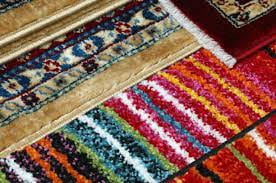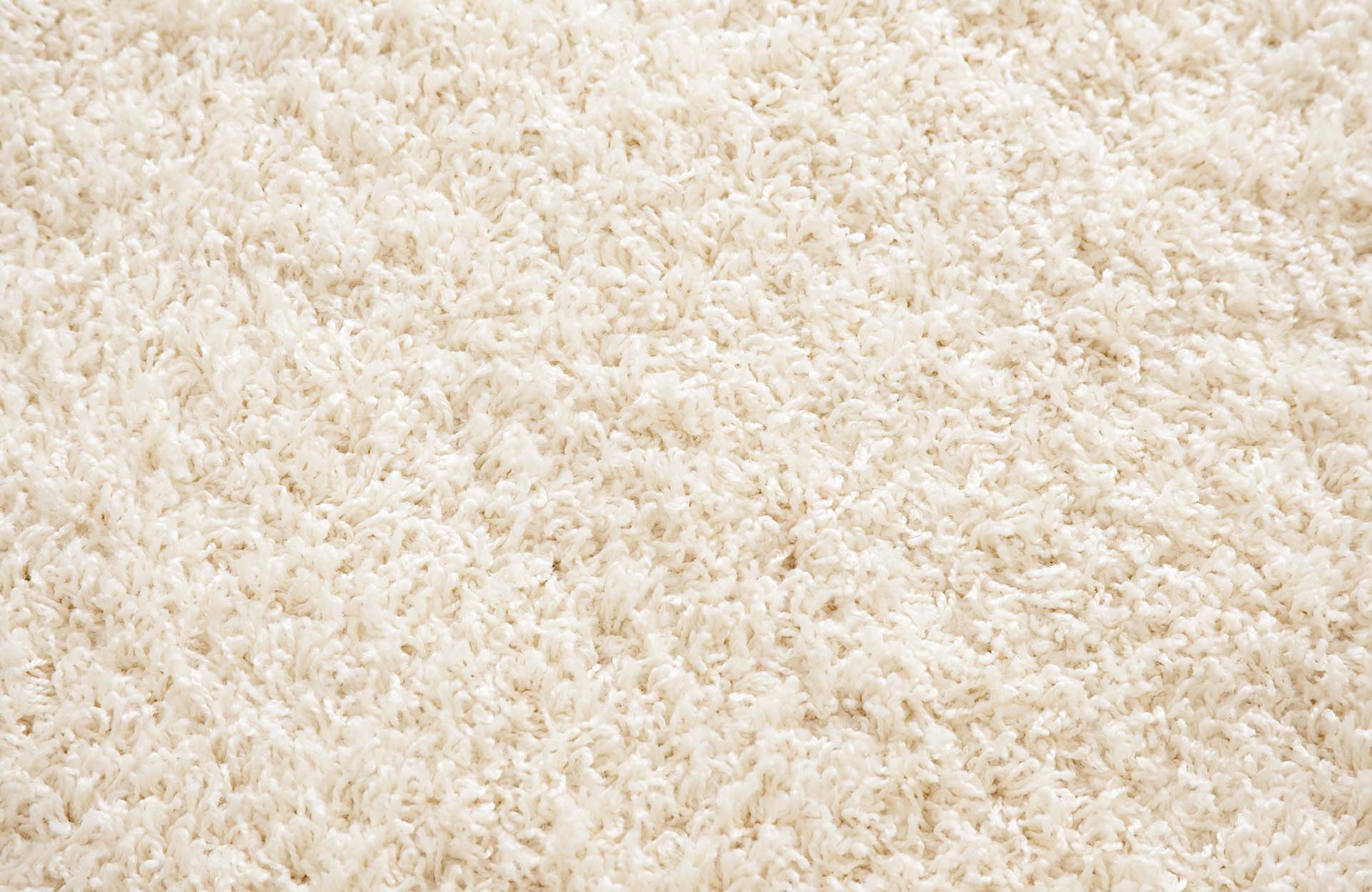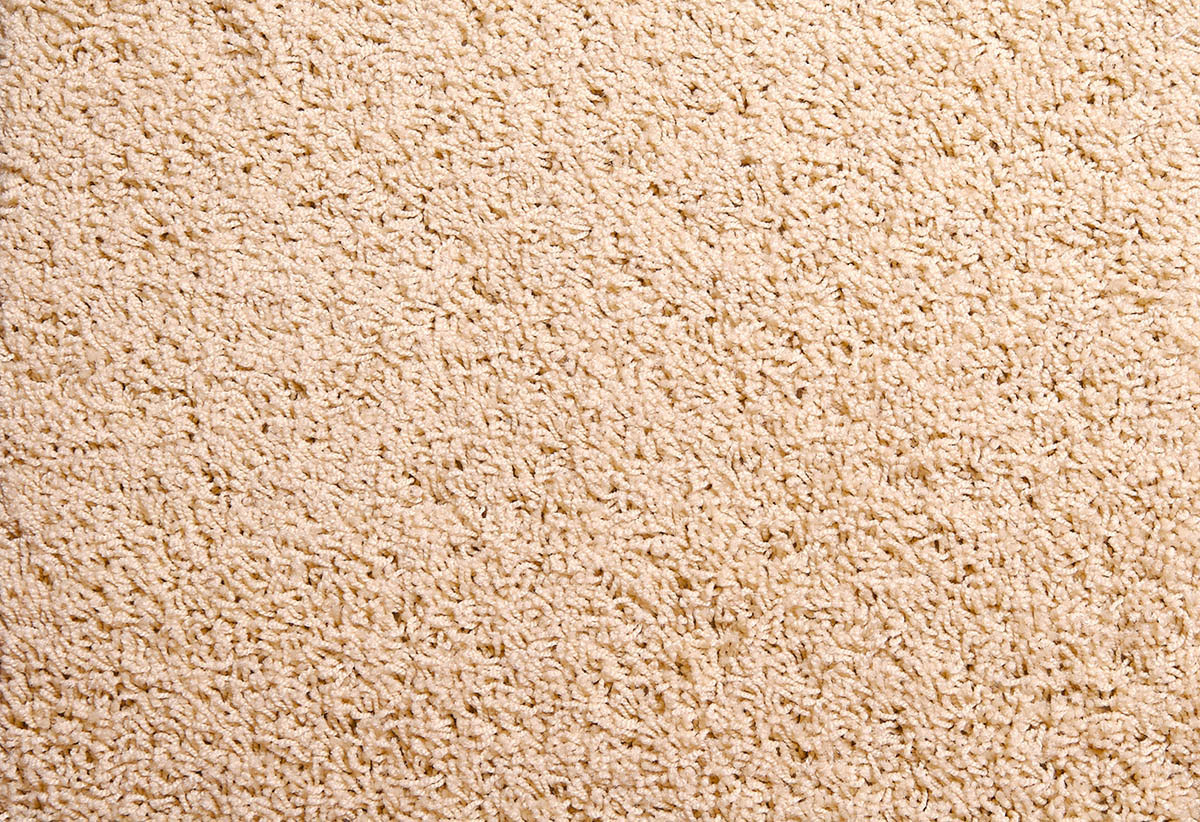Carpet Store
Carpets are textile floor coverings made from natural or man-made fibers that provide a soft surface underfoot and warmth. They can be made of different natural or synthetic materials for their quality, like stain-resistance, durability, or comfort. There are various styles and colors of carpets, and they come in different shapes and sizes. It can be hard to choose which carpet is right for you and your home. The best flooring for your home is carpet, and we have lots of experience helping customers choose the best carpet to suit their needs.
Carpeting is the ultimate in softness and luxury. Many childhood injuries like falls from furniture or other accidents can be prevented by installing carpeting. It also helps keep the room fresher and more comfortable so everyone is happier. The unique combination of sound absorption, warmth and comfort found in no other flooring material is what makes carpet the only flooring choice.
How Is Carpet Made?
The earliest rug making dates back to about 2,000 B.C. when nomadic Middle Eastern tribes laid carpet-like woven fibers on the floors of their homes. Today, carpets continue to evolve as we become more sophisticated as consumers. Carpets have changed quite a bit since the days of weaving rugs by hand with natural materials and symbols. While natural materials are still used, carpets are typically made using synthetic materials like nylon, polyester, and olefin. Most carpets are made using a three-step process:
Tufting
Tufting is a process used for weaving a carpet that adds texture and definition to the carpet. It also determines whether a carpet is a loop pile or a cut pile. Loop pile is woven such that individual tufts of fibers hook back on themselves, creating an interlocking effect. Cut pile requires that each fiber be cut individually, resulting in a more random weave. There are many options for every homeowner!
Dyeing
Many carpet manufacturers offer dyeing as an option, usually in one of two forms. It’s either “yarn dyeing,” where the fibers are dyed before they’re tufted, or “carpet dyeing,” where the fibers are dyed after they’re tufted. The advantages of each method vary by carpet manufacturer and type of carpet, but the bottom line is that each has a trade-off: yarn dyeing is more consistent across large areas, while carpet dyeing produces a more colorfast and fade resistant carpet.. The advantages of dyeing carpet include color variation and a lower cost. Carpet dyeing often uses lower quality fibers which may have more natural color variations, as well as less expensive dyes.
Finishing
Once all the hard work is done, the carpet needs to be finished off. This protects it from dirt, so it’s important that the job is finished correctly the first time. The carpets are coated with a sealant which protects them, and they’re then given an extra layer of backing to make them more durable. Quality carpets are also sheared to make sure there aren’t any imperfections.
Types of Carpet: Fibers and Styles
Carpet is usually made from synthetic materials which are more resistant to stains and less expensive than natural materials. Carpets are made up of many different types of fibers.
The type of fiber used determines the basic performance and appearance of the carpet. The biggest trend today is: soft. Homeowners seek comfort, and carpet offers a nice cushion underfoot. It also suppresses noise. The fiber content is usually listed on a specification sheet on the back of the sample. While names may differ among manufacturers, products still fall within one of five basic categories.

Wool
Tufting is a process used for weaving a carpet that adds texture and definition to the carpet. It also determines whether a carpet is a loop pile or a cut pile. Loop pile is woven such that individual tufts of fibers hook back on themselves, creating an interlocking effect. Cut pile requires that each fiber be cut individually, resulting in a more random weave. There are many options for every homeowner!

Nylon
Many carpet manufacturers offer dyeing as an option, usually in one of two forms. It’s either “yarn dyeing,” where the fibers are dyed before they’re tufted, or “carpet dyeing,” where the fibers are dyed after they’re tufted. The advantages of each method vary by carpet manufacturer and type of carpet, but the bottom line is that each has a trade-off: yarn dyeing is more consistent across large areas, while carpet dyeing produces a more colorfast and fade resistant carpet.
The advantages of dyeing carpet include color variation and a lower cost. Carpet dyeing often uses lower quality fibers which may have more natural color variations, as well as less expensive dyes.

Olefin Or Polypropylene
Once all the hard work is done, the carpet needs to be finished off. This protects it from dirt, so it’s important that the job is finished correctly the first time. The carpets are coated with a sealant which protects them, and they’re then given an extra layer of backing to make them more durable. Quality carpets are also sheared to make sure there aren’t any imperfections.

Polyester
Luxurious thick pile polyester is perfect for rugs, carpeting, upholstery and other high-traffic surfaces. Polyester carpets are soft, easy to care for and durable against abrasions, but they don’t hold their fiber heights as well as other carpet fibers. They fade only slightly with bright sunlight. Polyester is known for its soft hand, or texture, especially when used in luxurious thick piles. It has the ability to accept a high number of colors when manufactured and is also soil resistant and easy to care for, making it a great choice for bedrooms and playrooms .

Triexta
Triexta is a new fiber that has some very nice qualities. It’s stain and soil resistant, easy to clean, and colorfast. In addition, it has some of the same performance characteristics of polyester and nylon. Therefore, if you’re looking for a new fiber, triexta is a good choice. It’s made from a polymer, 37% of which is created from corn, a renewable resource.

Acrylic
Acrylic is not a commonly used fiber. It has the appearance and feel of wool-based carpet, but it’s not as expensive. Acrylic is a synthetic material that can be used in the manufacture of a variety of products. It is often dyed to resemble wool or other natural materials and is not a good conductor of static electricity. Even though resisting mold and mildew is a big plus, it is not durable enough for high-traffic areas.
Types of Carpet Styles
Carpeting styles are constantly evolving. You’ll want to think about your lifestyle before choosing carpet for your rooms. The location, construction, and upkeep also influence your choices.
Carpets are made from fibers that are either cut or looped. Cut and looped means the yarn has been cut into short pieces and then all those pieces are looped or joined together. Carpet styles are broken down into three groups: Oriental carpets, Traditional and Colorblocked carpets. All three of these style groups have characteristics that make them appropriate for different types of floor coverings. The pile height of carpet first began with a low profile. As the pile height increased, so did the softness and luxurious feel of the carpet, but also the ability to clean the carpet became much more difficult. Technology and fiber systems have made today’s carpet styles better than ever with more softness and durability.

Cut Pile
When a cut pile carpet is very short and dense, it is extremely durable. It’s great for high-traffic areas because of its high density of carpet fibers that are twisted together to provide resilience.When the pile height is a bit longer, it provides more cushioning and comfort for your feet. It has a softer appearance than loop pile carpet and is often used in the family room or living room. There are several different types of cut pile carpet, each providing a different look and feel. Five basic styles of cut pile carpet – velvet, saxony, frieze, shag, and cable.

Cut-Loop Pile
This carpet style combines the two previous designs. Having the two together creates an interesting and fun appearance, with various patterns and texture effects that are visually appealing. This is an extremely popular style for homeowners. It combines the characteristics of both traditional carpet and loop designs and can offer a variety of benefits to your home. It can hide dirt, wear and scuffs while giving your room a clean new look.

Loop Pile
Loop carpet is a highly durable carpet with no cut edges. It can withstand the most extreme temperature changes. The loop carpet provides less comfort and is best for high traffic areas where high foot traffic is expected such as hallways and family rooms. Berber loop carpets are the most common style of loop carpet and are available in a wide variety of patterns, colors, and densities. It’s a strong, durable and comfortable floor covering. Loop pile carpet is the standard commercial carpet because it’s the easiest to clean and maintain. It’s also the type of carpet that’s most widely used in business environments.
Loop pile carpet comes in 3 variations:
- Level loop carpet.
- Multi-level loop carpet
- sisal carpet.
Level loop pile carpets deliver a very clean and uniform look and are widely used in many office settings and hallways. Multi-level loop pile carpets are known for their texture and appearance. They elevate the look of your carpet as well as make it durable. Sisal is the fastest growing form of commercial carpet because it’s a unique versatile product with a very distinct look.
Benefits Of Carpet Floor
It’s hard to make a decision on what to put on your floor. Some people choose carpet because they think it’s easier to keep clean, others choose wood floors. Here are some important facts so that you can make an informed decision as to which type of floor covering best suits your own needs and lifestyle.

Style
Carpet is the main material in interior design, and has a style all of its own. It can be luxurious and elegant, or casual and comfy. The short pile, patterned style is best for a formal room, while the long frieze style can be casual and comfortable.

Comfort
The hardness of floors affect our steps and the way we move throughout the day. Hard surfaces are just that, hard. They’re rigid and lack the ability to provide much cushioning. This means when you walk, each step you take creates a jolt in your body. Because they don’t have the ability to act as shock absorbers, they can actually create more pain and soreness than softer surfaces.
It feels good to walk, sit and lay on a carpet. It has a lot of benefits but mostly having a carpet underneath your feet makes your life better by absorbing the shock we would feel while walking.

Warmth
Carpet provides excellent insulation value to a space. It also provides a much greater insulation factor than hard surface flooring materials, and that means less energy is required for heating or cooling the home. Carpet also provides a lower cost per square foot than other types of flooring materials and is often used in areas where it is not visible like spare rooms and closets.

Health
Carpet is “breathable” as it allows moisture to escape, helping to keep the air dry and warm. Many homeowners prefer carpet over hard surface floors because it can be warmer, softer to walk on, and more resistant to moisture.

Quiet
A carpeted room is much less noisy than a room with hardwood, laminate, or luxury vinyl tile ,so you may be surprised to find that your newly carpeted room is a nice quiet addition to your home or business.

Safety
In addition to providing a soft landing surface, carpets can actually help prevent some falls in the first place. They’re most effective on stairs because the softness of the carpet gives a good grip under foot. It also helps absorb some of the shock from falls. Hardwood stairs present a significant safety concern, while properly installed carpet can be an important component in reducing the risk of falling.

Cost
Generally speaking, carpet is less expensive than hard surfaces. That said, there are many different types of carpet. Some types of carpet tend to last longer than others. Some are softer than others, and some are less likely to harbor bacteria than other types of carpet.
Carpets are typically easy to install, whether you’re installing them over concrete, plywood, or other surfaces, because the carpet can generally be laid directly on top of the sub-flooring, eliminating any need for special prep. This means a carpet installation project can be completed in a fraction of the time and for a lot less money.
Carpets are less expensive than hard surfaces such as wood and tile. However, that doesn’t mean they’re always the most economical choice for your home. There are often situations where hard surfaces are less expensive than carpet. So, when you’re deciding what kind of flooring to install in your home, take everything into consideration.
